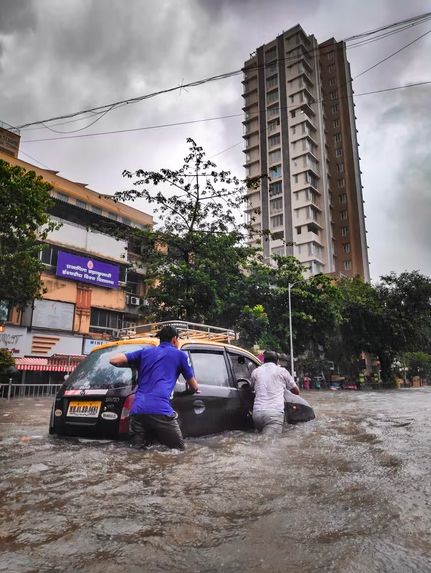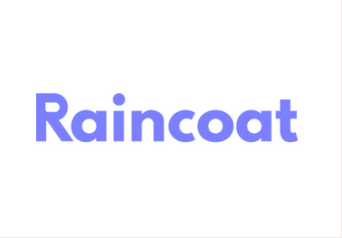Covid-19 and its after-affects shone a light on many disparities in our society, including health insurance. With unforeseen levels of uncertainty and instability, the events of the pandemic demonstrated how the structure of insurance policies was unable to adapt to the needs of policyholders during the time health coverage was needed most.
With traditional policies, a rigid set of terms dictate which health incidents are covered and the conditions that need to be met in order to receive a payout, including but not limited to age, gender, or pre-existing conditions.
Parametric insurance (PI), on the other hand, is a type of insurance that is emerging as the preferred approach to insurance coverage. PI is becoming increasingly popular because it breaks policies down into a series of parameters, and if that parameter is met, coverage is confirmed and payment is executed – instantly.
With the feasibility to meet an increased prioritization of health as well as the flexibility needed for our tumultuous times, PI is showing that it can offer a more realistic approach to insurance in 2022 that works alongside policyholders and their needs. Let’s look at how this approach to insurance is helping to modernize the insurance industry as a whole.
The Times, They Are, A-Changin’
Although a major contributor, the pandemic is not the only event that has catalyzed demand for change in insurance. There is also a multitude of other factors that are starting to grow critical in nature—such as the escalating number of natural disasters.
From 1990 to 2019, a total of 9,924 natural disasters occurred globally. According to the Institute for Economics and Peace this equaled a 915% increase in such events over the same time period.
The biggest roadblock insurance companies first need to tackle are old-school systems, so that they can start to build a more practical architecture for coverage. In the case of climate events, parametric insurance policies allow for companies to pay insured individuals based on a particular occurrence, not the damages suffered by it.
This is transforming the capacities of insurance—not only opening up new ways to provide better coverage but also changing the ways in which coverage can be applied.

Take the example of the risk of flooding for populations that live close to a river. If an insurance company employed parametric policies for natural disasters, they could install a river sensor in this case, and the criteria for coverage would be very straightforward.
When the water level gets high enough to reach the sensor, the parameters are met. When the river crosses this level, an insured village would then receive the amount of money outlined in the policy so they can relocate prior to the flood happening—avoiding the natural disaster altogether.
By helping to provide a new generation of policies, PI is showing that insurance can adapt with the times and not only better support policyholders but go even further into preventative measures. This will help the insurance industry to better position itself in the value chain and turn over a new leaf for modern times.
Scaling PI Insurance
PI products are common in the banking and government spectrum but have not yet become common for individuals. The biggest challenge in implementing PI at scale for personal policies is a matter of functionality. As products become more sophisticated, they also become more challenging to manage.
An additional challenge with PI for larger entities is that it can touch regulations, distribution, and risk assessment, making it difficult to build the parameters in the first place. What is needed to truly scale PI is an infrastructure driven by the end product. For the insurance sector, this sits with the coverage provided to policyholders at the end of the day.

Raincoat is an insurance company that has created a breakthrough approach to PI that enables the end-product thanks to its scalable and automated climate insurance solution. Working directly with insurers to identify the climate-related problems that policyholders face, they then take this data and build a fully packaged, end-to-end, climate-related insurance product or protection scheme.
The company is able to absorb the typical challenges seen in insurance that come from software, regulation, capacity, science, and data through its fully functioning platform that automates the entire insurance lifecycle. With its highly experienced team of scientists, engineers, and insurance experts, a team effort helps the company to offer both individuals and larger entities products that protect against the risk of natural disasters.
Announcing this week that it has raised a $4.5 million seed round, Raincoat’s full stack approach seems to set the company apart in the up-and-coming PI space. Thanks to the company’s white label climate insurance products, a new generation of insurance will be achievable.
The Future of Health Insurance
Insurance policies that are end-to-end will help companies start offering products and packages that cover an ecosystem of need rather than a limited category. According to the 2022 McKinsey insurance report, this transition will help unlock $60 trillion in revenue for companies by 2030.00
Heralded as a potential solution to inefficiencies seen through traditional insurance policies, PI protects a policyholder against the occurrence of a specific event when a framework of parameters is met.
Adapting to the modern needs of coverage in 2022, parametric insurance will help to rapidly transform insurance so that it can better prioritize and protect society’s well-being in an increasingly unpredictable world.
Disclosure: This article mentions a client of an Espacio portfolio company.










